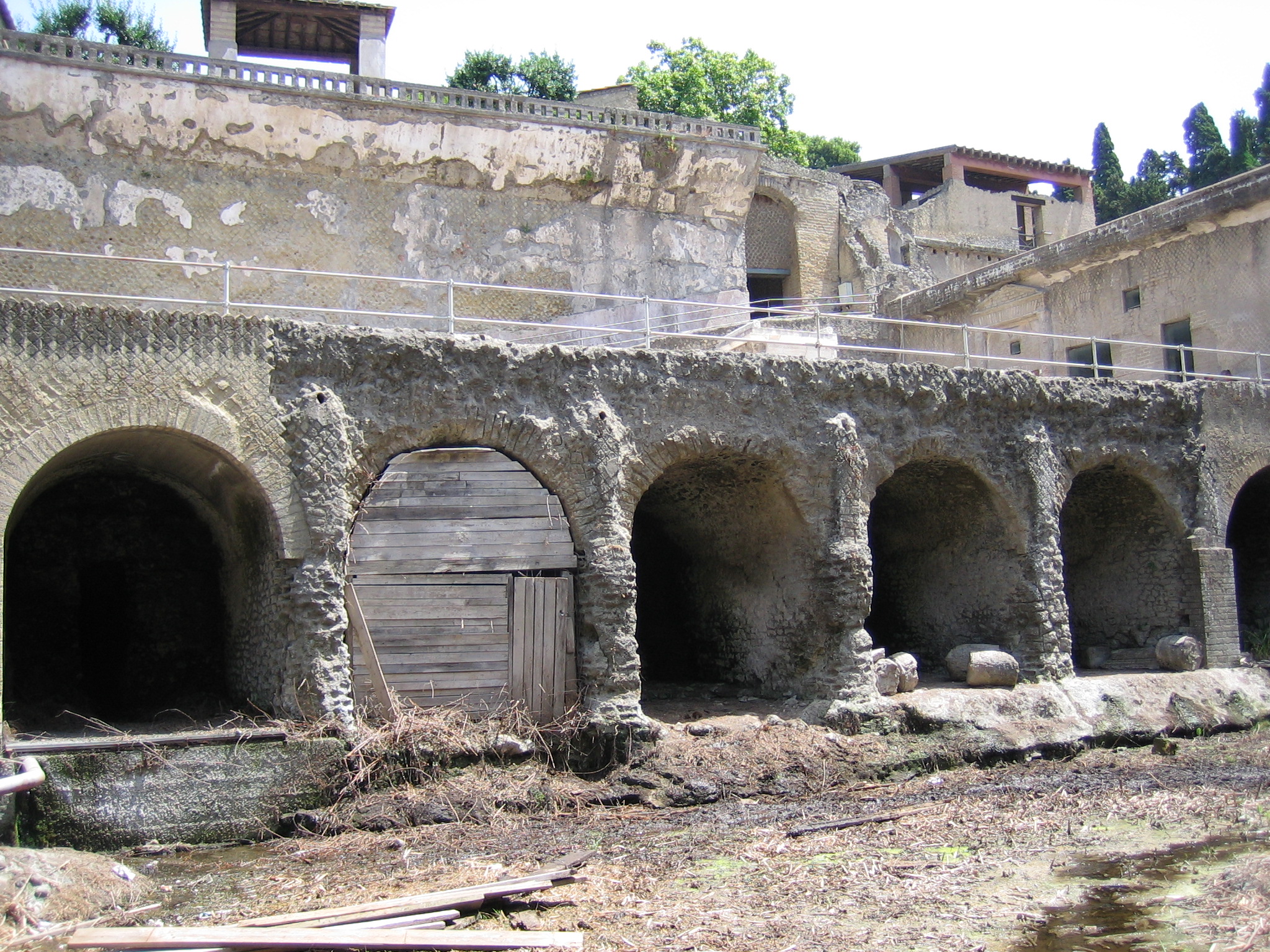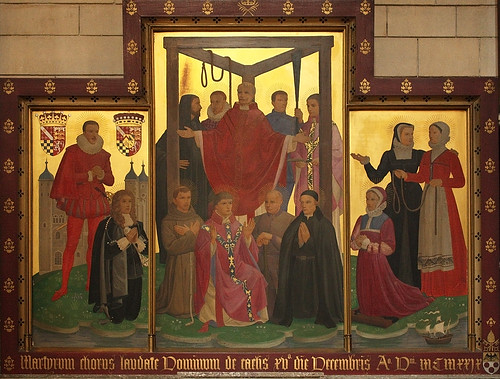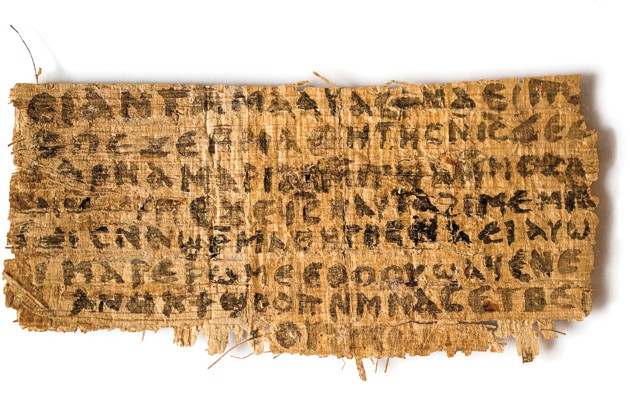
It was long believed that August 24 in the year 79 was when Mount Vesuvius erupted. The eruption destroyed the Roman cities of Pompeii and Herculaneum. (The latter city is often left out of the story.)
Pompeii was about five miles away from the mountain. The cities are in what is now Ercolano, Campania, Italy. Pompeii was a popular resort town for Rome's wealthy and the population was about 20,000. Pompeii and Herculaneum are two of the few ancient cities to be preserved nearly intact. The ash and debris that covered the area was up to 23 feet thick in places and that protected it from looting and the elements.
Most of the residents were able to escape when noises from the volcano were heard that morning. At noon, the plume of ash, pumice rock, and debris shot up into the air and began falling on the surrounding area. Pompeii was about 5 miles from the volcano. About 5,000 people died, probably more from a blast of blistering hot, poisonous gas, rather than debris or lava. After debris fell from the initial eruption, there was already about 9 feet of ash in the streets of Pompeii but the rain of ash continued.
Herculaneum lay west of Vesuvius and it was only mildly affected by the first phase of the eruption. While roofs in Pompeii were collapsing under the weight of falling debris, only a few centimeters of ash fell on Herculaneum but it prompted most inhabitants to flee.
Pliny the Younger witnessed the eruption of Vesuvius from across the Bay of Naples, and noted that the billowing soot, rocks, and gas looked like an enormous pine tree eclipsing the sun. He wrote, "Darkness fell, not the dark of a moonless or cloudy night, but as if the lamp had been put out in a dark room."
Though he was safe across the bay, he wrote that "I believed I was perishing with the world, and the world with me."
It is said that the modern science of archaeology was born with the excavations of the two cities which were rediscovered in the 18th century. They were almost completely intact. About one-third of Pompeii is still buried and excavations continue today.
The date of the eruption is now thought to be on or after October 17 based on the excavation clues. For example, people buried in the ash were wearing heavier clothing than the light summer clothes typical of August. The fresh fruit and vegetables in the shops are typical of October and the summer fruit typical of August was already being sold in dried, or conserved form. Wine fermenting jars had been sealed, which would have happened around the second half of October. Coins found in the purse of a woman buried in the ash include one with a 15th imperatorial acclamation among the emperor's titles and could not have been minted before the second week of September.
The 1980–82 excavations in Herculaneum found many skeletons on the ancient beach in front of the city walls in what are called "boat sheds." It had been believed that the majority of the town's inhabitants had managed to flee because so few skeletons had been unearthed. This discovery led to a shift in perspective theorizing that the last inhabitants waiting for rescue by sea were probably killed instantly by the intense heat.

Could it happen again? Mount Vesuvius is still active. It last erupted in 1944, and experts believe it could erupt again at any time. But today, about 3 million people live within a few miles of the crater. About 600,000 of them live close enough to the volcano that they would not survive an eruption today. But our technology allows scientists to monitor the volcano continuously and there are plans to evacuate the area well in advance of any detected eruption.
crossposted at Weekends in Paradelle











.jpg)
